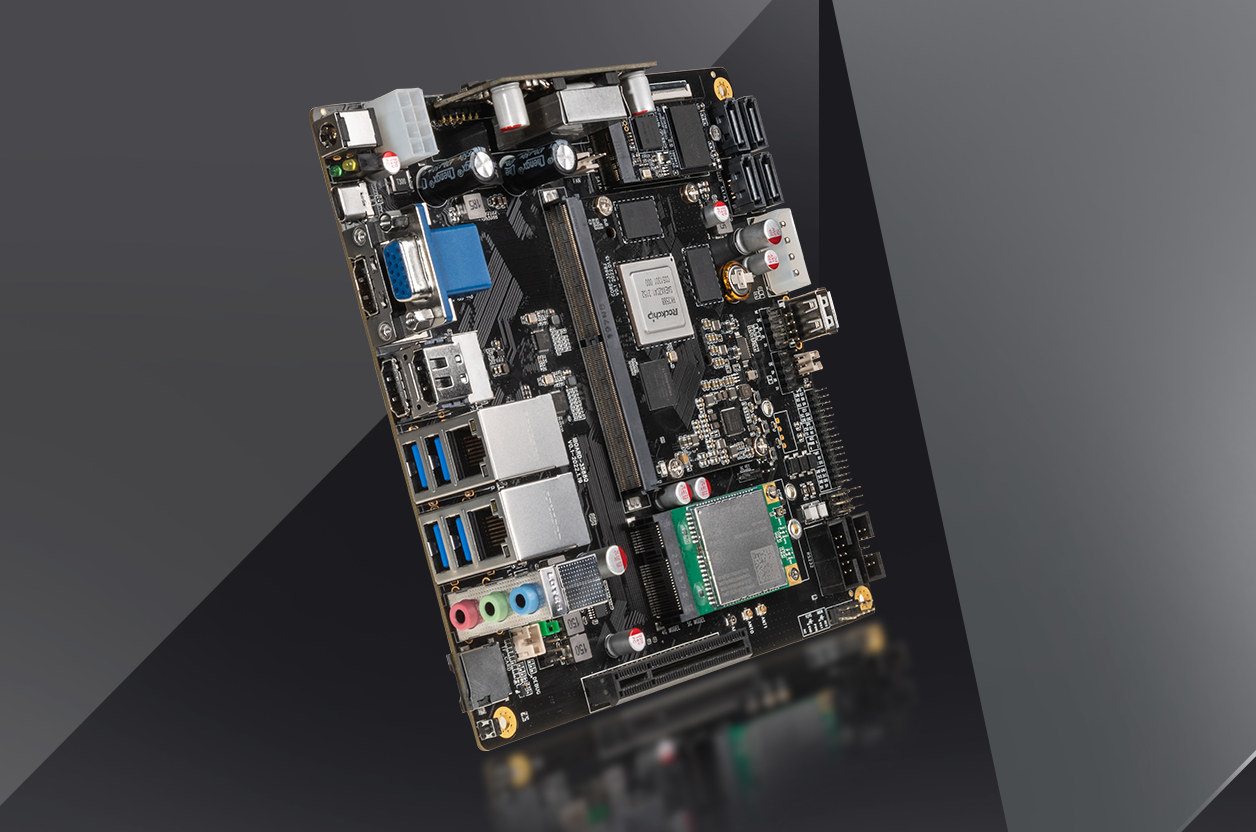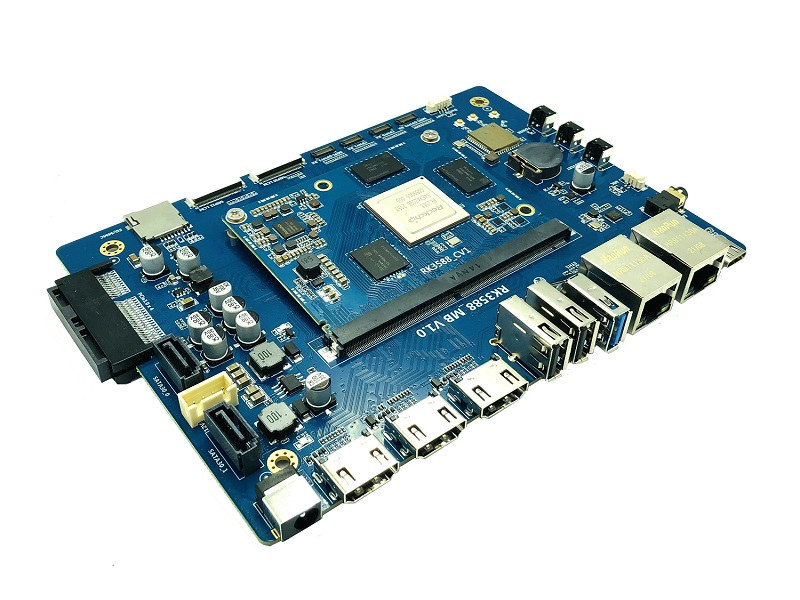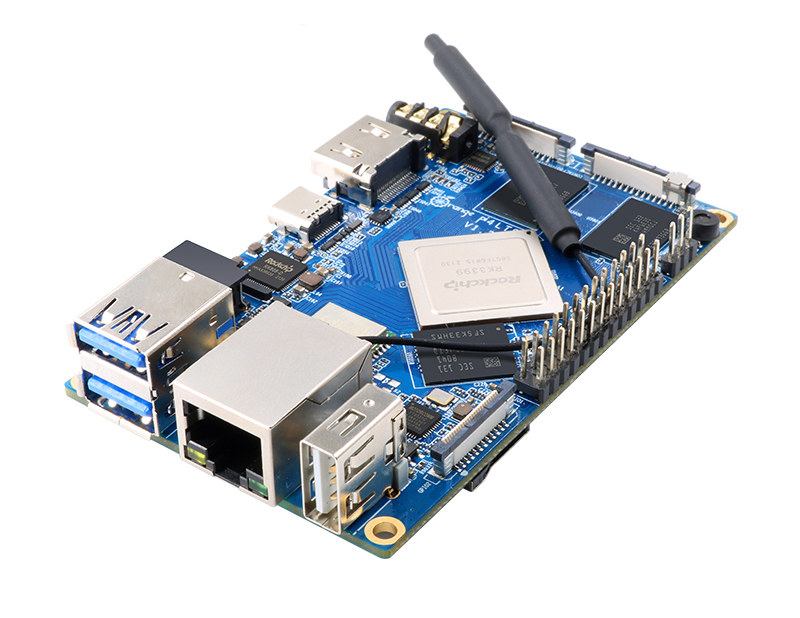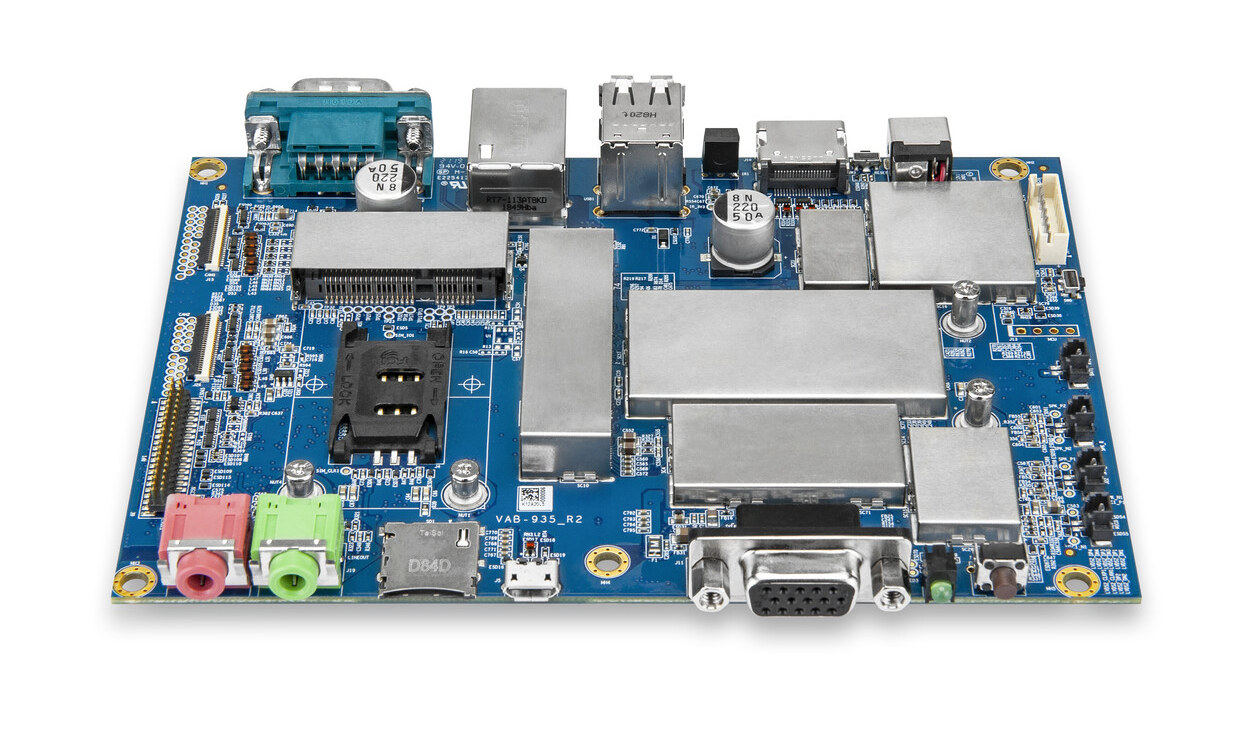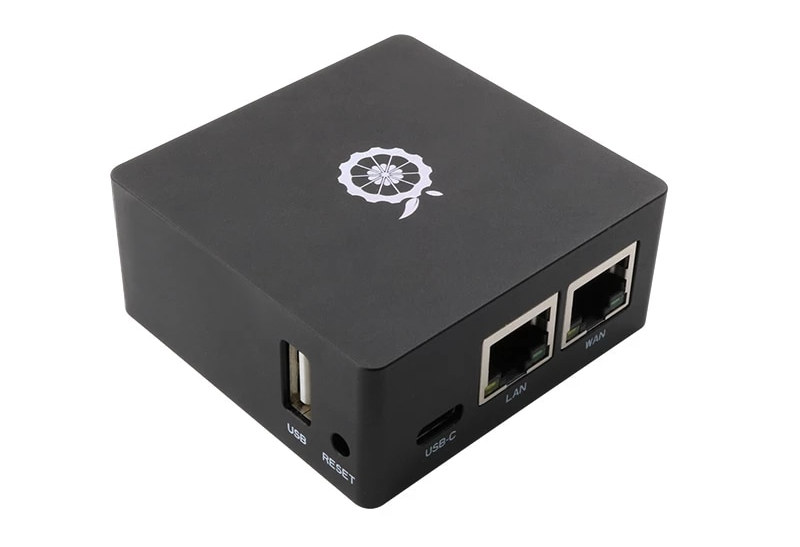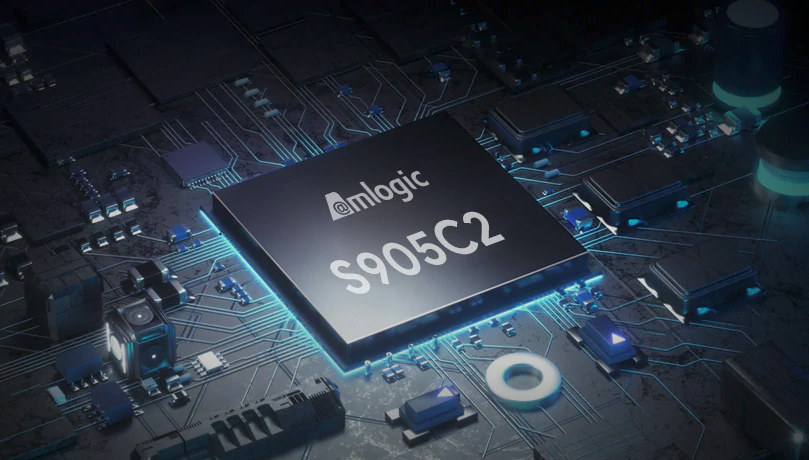After Radxa ROCK5 Pico-ITX SBC and Banana Pi RK3588 SoM and devkit, Firefly ITX3588J mini-ITX motherboard is the third hardware platform we’ve seen with Rockchip RK3588 octa-core Cortex-A76/A55 processor. The board will be interesting to people wanting an Arm PC or workstation as the mini-ITX form factor will allow the board to be fitted to a standard enclosure, and there’s plenty of resources and I/Os with up to 32GB RAM, four SATA ports, multiple 8K/4K video outputs and inputs, dual Gigabit Ethernet, WiFI 6 and Bluetooth 5.0, a PCIe 3.0 x4 slot, and more. Firefly ITX3588J mini-ITX motherboard specifications: SoC – Rockchip RK3588 octa-core processor with four Arm Cortex-A76 cores @ up to 2.4 GHz, four Arm Cortex-A55 cores, ArmMali-G610 MP4 quad-core GPU with support for OpenGL ES3.2, OpenCL 2.2, Vulkan1.1, 6 TOPS NPU, 48MP ISP, 8Kp60 video decoding, 8Kp30 video encoding System Memory – 4GB, 8GB, 16GB, or 32GB […]
Banana Pi teases BPI-RK3588 Rockchip RK3588 SoM and development kit
Banana Pi has showcased its first engineering samples of a Rockchip RK3588 SoM (system-on-module) with up to 8GB RAM and 128GB flash, as well as a development kit with dual Ethernet, three HDMI ports, SATA interfaces, PCIe interface, and more. Rockchip RK3588 octa-core Cortex-A76/A55 processor is the most powerful from the company, both in terms of CPU and GPU power, but also with a wide range of high-speed interfaces, and will be found in the upcoming Radxa ROCK5 single board computer, and a yet-to-be-announced board from Pine64. Banana Pi RK3588_CV1 “Core” (BPI-RK3588) board specifications: SoC- Rockchip RK3588 octa-core processor with four Cortex-A76 cores @ 2.4 GHz, four Cortex-A55 cores @ 1.8 GHz, an Arm Mali G610MC4 GPU, a 6 TOPS NPU, 8K 10-bit decoder, 8K encoder System Memory – 2GB, 4GB or 8GB LPDDR4 Storage – 32GB, 64GB, or 128GB eMMC flash 313-pin edge connector for I/Os including PCIe 3.0, […]
$55+ Orange Pi 4 LTS SBC features YT8531C Ethernet PHY, CDW 20U5622-00 wireless module
Orange Pi 4 LTS is a cost-optimized (and availability-optimized) variant of the Rockchip RK3399 powered Orange Pi 4 single board computer that was introduced in 2019 with 4GB RAM for $49.90 and up. Shenzhen Xunlong Software mainly kept the same design with the cost savings involving a choice of 3GB or 4GB RAM, and the replacement of Realtek Ethernet PHY and Ampak wireless module with the equivalent MotorComm YT8531C Ethernet chip and CdTech wireless module with WiFi and Bluetooth 5.0 connectivity. Orange Pi 4 LTS specifications with changes highlighted in bold: SoC – Rockchip K3399 hexa-core big.LITTLE processor with two Arm Cortex A72 cores @ up to 1.8 GHz, four Cortex A53 cores, and an ARM Mali-T860 MP4 GPU System Memory – 3GB or 4GB LPDDR4 Storage – MicroSD card socket, optional 16 GB eMMC flash Video Output/Display Interface HDMI 2.0 up to 4K @ 60 Hz LCD connector for […]
VIA SOM-9X35 Starter Kit features MediaTek i350 Arm processor for edge AI devices
VIA has just introduced the SOM-9X35 Starter Kit based on MediaTek i350 quad-core Cortex-A53 processor with AI accelerator and HiFi4 DSP designed for Edge AI devices in the retail, commercial, and industrial sectors. The kit is comprised of the SOM-9X35 module with MediaTek i350 SoC, up to 4GB RAM, 16GB eMMC flash, and WiFI 5 + Bluetooth 5.0 wireless module, as well as the VIA VAB-935 3.5-inch carrier board, a 7-inch 1024×600 touch panel display, a 13MP camera module, two speakers and microphone, and accompanying accessories. VIA SOM-9X35 Starter Kit specifications: SOM-9X35 System-on-Module SoC – MediaTek i350 (MT8365) quad-core Arm Cortex-A53 processor @ up to 2.0 GHz, Arm Mali-G52 MC1 up to 800Mhz with support for OpenGL ES, OpenCL, and Vulkan APIs, MediaTek APU 1.0 AI Processor up to 500MHz (285 GMACs), HiFi4 DSP System Memory – 2GB LPDDR4 SDRAM (1GB/4GB optional) Storage – 16GB eMMC flash Connectivity – MediaTek […]
Android 13 virtualization lets Pixel 6 run Windows 11, Linux distributions
The first Android 13 developer preview may have felt a bit underwhelming, but there’s a hidden gem with full virtualization possible on hardware such as the Google Pixel 6 smartphone. What that means is that it is now possible to run virtually any operating system including Windows 11, Linux distributions such as Ubuntu or Arch Linux Arm on the Google Tensor-powered phone, and do so at near-native speed. Android & web developer “kdrag0n” tested several Linux distributions compiled for Aarch64 on the Pixel 6 with Ubuntu 21.10, Arch Linux Arm, Void Linux, and Alpine Linux using “the KVM hypervisor on Pixel 6 + Android 13 DP1”. He/she further explains: As far as I can tell, we can pretty much get full EL2 on production devices now. Protected KVM is optional and can be enabled on a per-VM basis, but for non-protected VMs, it looks like full KVM functionality is available. […]
Orange Pi R1 Plus LTS sells with metal enclosure for $35.99
Shenzhen Xunlong Software previously launched the Orange Pi R1 Plus LTS router board powered by Rockchip RK3328 quad-core processor last November for $27.99 on Aliexpress. As expected, albeit with some delays, the company has now introduced a metal enclosure for the Orange Pi R1 Plus LTS board transforming it into a complete router or gateway. You can get it as part of a kit for $35.99 plus shipping, or if you’ve already purchased the board previously, get the enclosure only for $9 plus shipping. Orange Pi R1 Plus LTS router/gateway specifications: SoC – Rockchip RK3328 quad-core Cortex-A53 @ 1.5 GHz with Arm Mali-450MP2 System Memory – 1GB LPDDR3 RAM Storage – MicroSD card slot, 16 MB SPI flash Connectivity 2x Gigabit Ethernet via YT8531C Ethernet PHY and RTL8153B USB 3.0 to Ethernet chip; both tested by the company up to 945 Mbps Tx and 963 Mbps Rx On-board WiFi is not […]
Android 13 developer preview released with privacy, security, and productivity improvements
Android 12 was only released in October 2021 and Google has already released the first developer preview of Android 13 with better privacy and security, efforts to improve developer productivity, and more work on better support for larger screens like tablets or Chromebooks building on the work done on Android 12L. Android 13 privacy and security features Google announces two new features related to privacy and security: Photo picker and APIs – Android 13 adds a system photo picker to share both local and cloud-based photos securely. Apps can use the photo picker APIs to access shared photos and videos without needing permission to view all media files on the device. So if an app just needs to access photos or videos, there’s no need to request full storage access. The photo picker will also be brought to through Google Play system updates on devices running Android 11 and higher, […]
Amlogic S905C2 quad-core Cortex-A55 processor supports digital TV tuners, CAS
Amlogic S905C2 quad-core Cortex-A55 processor has been showing up in some Android 11 set-top boxes (with tuner), and a development kit, but with limited public information. The specifications appear to be similar to the ones for Amlogic S905X4 processor plus additional support for DVB tuners and conditional access (CAS) with the latter confirmed by an independent source saying the Amlogic S905C2 processor is part of the Android 11 SDK with a reference board named “ohmcas”. Amlogic S905C2 preliminary specifications: CPU – Quad-core Cortex-A55 up to 2.0 GHz GPU – Arm Mali-G31MP2 with support for OpenGL ES 3.2, Vulkan 1.0/1.1, and OpenCL 2.0 Memory I/F – Up to 4GB DDR3-2133, DDR3L-2133, DDR4-3200, LPDDR3-2133, LPDDR4-3200 SDRAM Storage I/F – eMMC 5.0, NAND Flash, SPI NOR/NAND, SD Video Output – HDMI 2.1 up to 4Kp60, HDCP2.3, CVBS Video Decoding – AV1 up to 4Kp120, 10-bit H.265, VP9, AVS2 up to 4Kp75, H.264 4Kp30 […]


